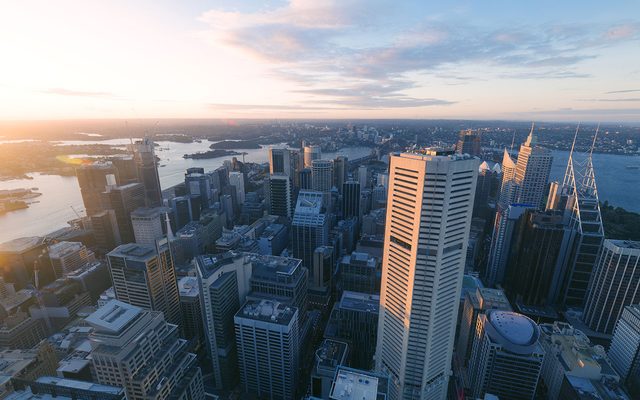This article is from the Australian Property Journal archive
AUSTRALIAN cities are rated within the global top 40 list of highly desirable and low-risk places to live, led by Sydney and Melbourne, placed 10th and 16th respectively, according to a Mercer report.
Melbourne and Sydney have retained their top 20 positions in Mercer’s 19th annual Quality of Living Survey.
The survey benchmarks cities against New York to assist multi-national organisations determine wages and conditions for their employees on overseas assignments.
Mercer’s Global Mobility Practice Leader in Australia and New Zealand, Lorraine Jennings, said Australian cities have been ranked amongst the best in the world due to our safety, culturally diverse, skilled local workforce and robust infrastructure which can be a key competitive advantage in trying to attract multinational companies, talent and foreign investments.
“The report provides a qualitative measure of living conditions around the world to enable organisations to apply relative incentives to motivate employees to accept foreign assignments, particularly in a compromised quality of living location. The success factors for foreign assignments is attributed to ease of travel and communication, health considerations, the local political environment, personal safety and access to public services.
“Sydney’s strong endorsement on the City Infrastructure ranking was due to its high weighting under categories including variety of transport options, local and international connectivity and access to electricity and drinkable water which are essential needs of expatriates arriving in a new location on assignment,” she added.
The survey found although Australian cities are regarded as a highly desirable and low-risk place to live, we are behind Europe, where despite increased political and financial volatility, European cities remain attractive destinations for businesses looking to establish overseas bases or send employees on international assignment.
This year’s survey paid particular attention to city infrastructure, with only Sydney making the top 10, followed by Perth (32), Melbourne (34) and Brisbane (37).
In contrast Singapore led the charge in the city infrastructure ranking, followed by Frankfurt and Munich both in second place. Baghdad (230) and Port au Prince (231) rank last.
“There is room for Australia to improve in the rankings though, with factors such as Melbourne’s traffic congestion and a nation-wide low score on availability of international flights and international schools contributing to perhaps lower-than-expected results,” Jennings said.
New Zealand and Australia continue to rank highly in quality of living with Auckland (3), Sydney (10), Wellington (15), and Melbourne (16) all remain in the top 20. However, when ranked for infrastructure, only Sydney (8) makes the top ten, with Perth (32), Melbourne (34), and Brisbane (37) also ranking well for infrastructure in Oceania. By and large, cities in Oceania enjoy good quality of living, though criteria such as airport connectivity and traffic congestion are among the factors that see them ranked lower in terms of city infrastructure.
Singapore (25) remains the highest ranking city in the Asia-Pacific region, where there is great disparity in quality of living; Dushanbe (215) in Tajikistan ranks lowest. In Southeast Asia, Kuala Lumpur (86) follows Singapore; other key cities include Bangkok (131), Manila (135), and Jakarta (143). Five Japanese cities top the ranking for East Asia: Tokyo (47), Kobe (50), Yokohama (51), Osaka (60), and Nagoya (63). Other notable cities in Asia include Hong Kong (71), Seoul (76), Taipei (85), Shanghai (102), and Beijing (119).
There is also considerable regional variation in the city infrastructure ranking. The highest-ranked city is Singapore (1), whereas Dhaka (214) is near the bottom of the list.
Australian Property Journal




